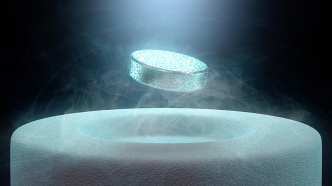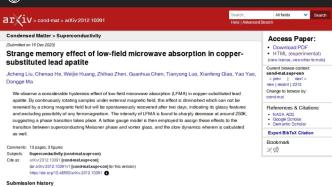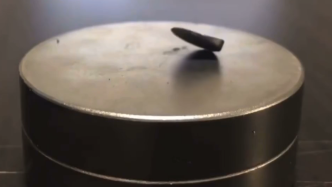
• The results of this theoretical paper are of limited significance, even if they are correct. Its distance from explaining superconductivity at room temperature and normal pressure is as big as predicting that a pregnant woman may give birth to predicting that this child will win a Nobel Prize in the future.
Regarding the room temperature and normal pressure superconductivity recently announced by Korean scientists, I have written an article that basically explained this problem. The most basic conclusion is that their data is not enough to support their claims , and there is actually no evidence of zero resistance, and they mistakenly regard a material without superconductivity as superconductivity.
This is not my opinion alone, but the opinion of Professor Wen Haihu, an expert in superconductivity experiments and Nanjing University. In an interview with "Science and Technology Daily", he analyzed the errors and omissions of various experimental data and concluded that this is an illusion of superconductivity.

Professor Wen Haihu said on Weibo of Science and Technology Daily that the Korean team's superconductivity is an illusion of superconductivity.
In fact, two months ago, Mr. Wen Haihu just published an article in "Nature", falsifying the room-temperature superconductivity claimed by Professor Ranga Dias of the University of Rochester, which caused a sensation in March.
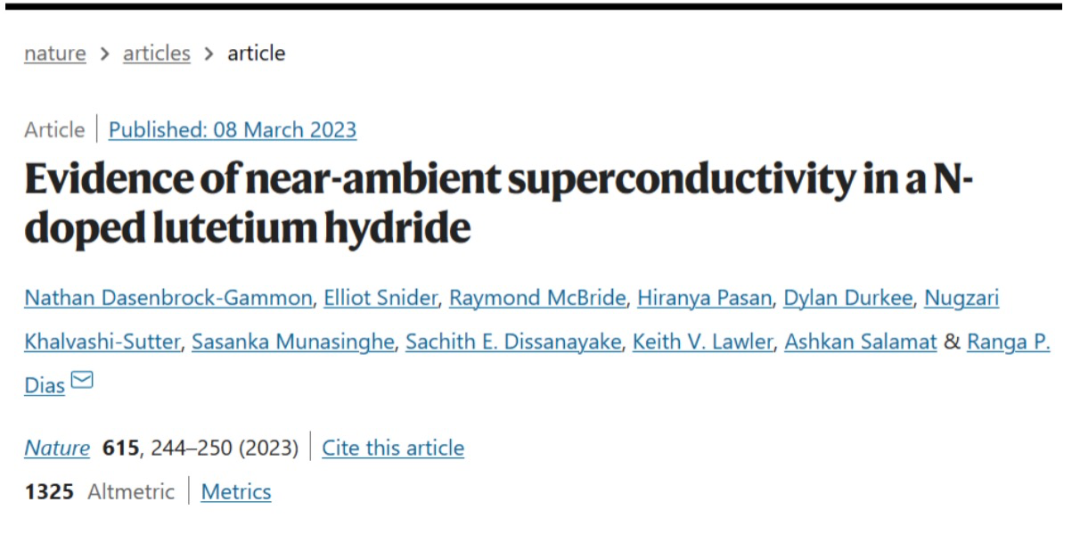
"Signs of near-normal temperature and pressure superconductivity in a nitrogen-doped lutetium hydride" by Dias' research group on "Nature"

Wen Haihu's research group published an article on "Nature" "Near-room-temperature superconductivity does not exist in Lu-NH materials"
In addition to Mr. Wen's interpretation, I can also see many absurdities from my understanding of scientific norms and superconductivity. For example, the title of the first article by the Korean team is called "The First Room-Temperature Ambient-Pressure Superconductor" (The First Room-Temperature Ambient-Pressure Superconductor) , and the first sentence of the abstract is "For the first time in the world, we successfully synthesized a room-temperature Atmospheric pressure superconductor (critical temperature over 400 K, ie 127°C)..." (For the first time in the world, we succeeded in synthesizing the room-temperature superconductor (Tc ≥ 400 K, 127°C) working at ambient pressure with a modified lead-apatite (LK-99) structure.) The unit of the first two authors wrote "Quantum Energy Research Centre, Inc." (Quantum Energy Research Centre, Inc.). And so on, these are typical civil science styles, which greatly reduces their credibility.

"The first room temperature and atmospheric pressure superconductor"
The strongest evidence presented by South Korean scientists is the video of the so-called superconducting magnetic levitation.
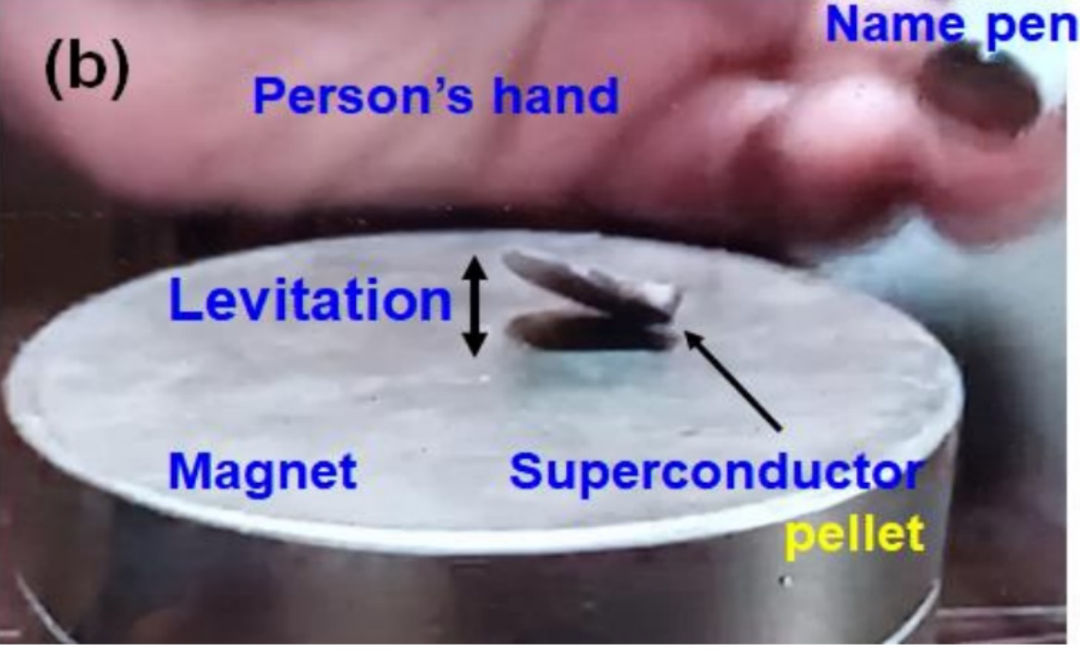
Diagram of superconducting maglev in the paper by the Korean scientists (Fig. 4(b) of the second preprint).

But for experts, this is evidence that they have not achieved superconductivity. Because as shown in a 2011 popular science video by a Tel Aviv University scientist in Israel, the real superconducting magnetic levitation is completely floating in the air , rather than leaning against the base like the Korean team's sample. What's more, the superconductor can also be suspended under the magnet! Then you push it, and it hangs below and circles around the magnet. The aforementioned video, in comparison, is like the second chapter of "Journey to the West" Bodhi Patriarch said to Sun Wukong, "This is not cloud climbing, it is only cloud climbing"!

True superconductors are capable of magnetically levitating beneath magnets.

In addition, although I am not a professional in superconductivity, as a theoretical worker, I also know a little basic knowledge in the field of superconductivity: according to the BCS theory that explains conventional superconductivity, the superconducting transition temperature at normal pressure cannot exceed 40 K, which is called McMillan limit .
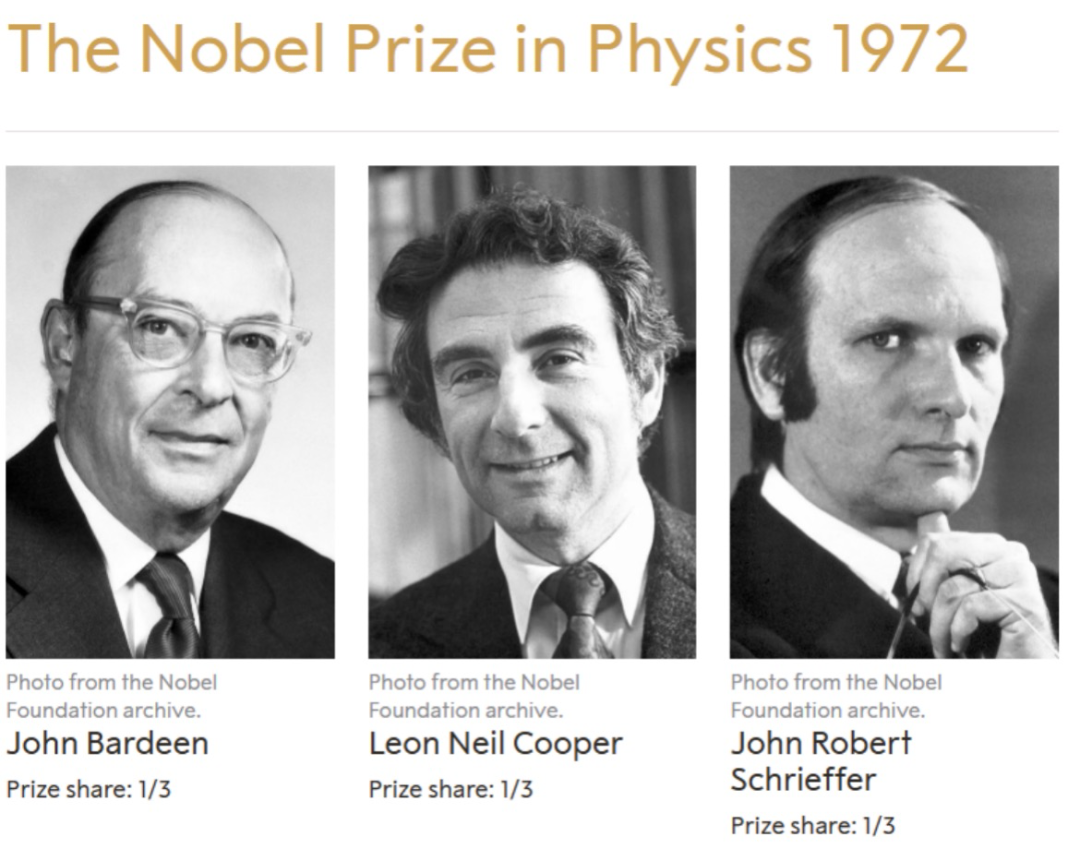
1972 Nobel Prize in Physics (https://www.nobelprize.org/prizes/physics/1972/summary/)
Later, many superconductors that exceeded this limit (such as cuprate superconductors and iron-based superconductors) were discovered, so the academic circles called them high-temperature superconductors .

The 1987 Nobel Prize in Physics was awarded to two scientists who discovered cuprate superconductivity (https://www.nobelprize.org/prizes/physics/1987/summary/)
A key point is that the theory of high-temperature superconductivity has not been established so far . That is to say, as long as it is superconducting at more than 40 K under normal pressure, the BCS theory must not be applicable, and some kind of theory that is still unclear must be required. Anyone who has studied the theory of superconductivity knows this.
From this, it can be seen that this group of people has a huge doubt. Since what they claim is superconductivity at 400 K and normal pressure, it is naturally beyond the Macmillan limit, and naturally requires some kind of new theoretical explanation. However, they actually gave an explanation in a few words, saying that this superconductivity comes from the volume shrinkage caused by Cu2+ ions replacing Pb2+ ions, rather than from external factors such as temperature and pressure (The superconductivity of LK-99 originates from minute structural distortion by a slight volume shrinkage (0.48%), not by external factors such as temperature and pressure. The shrinkage is caused by Cu2+ substitution of Pb2+(2) ions in the insulating network of Pb(2)-phosphate and it generates the stress). This is completely wrong, even if this experimental phenomenon is true, there should not be such a simple theoretical explanation at all.
So based on these doubts, I think the most reasonable explanation is that this group of people are basically laymen in superconductivity, at the level of " I don't know I don't know ".

Dark effect
There are many such examples in history. For example, in 2016, a man published a preprint article titled "373 K Superconductors" (373 K Superconductors) , and his unit was impressively called "373K-SUPERCONDUCTORS, Private Research Institute" )!
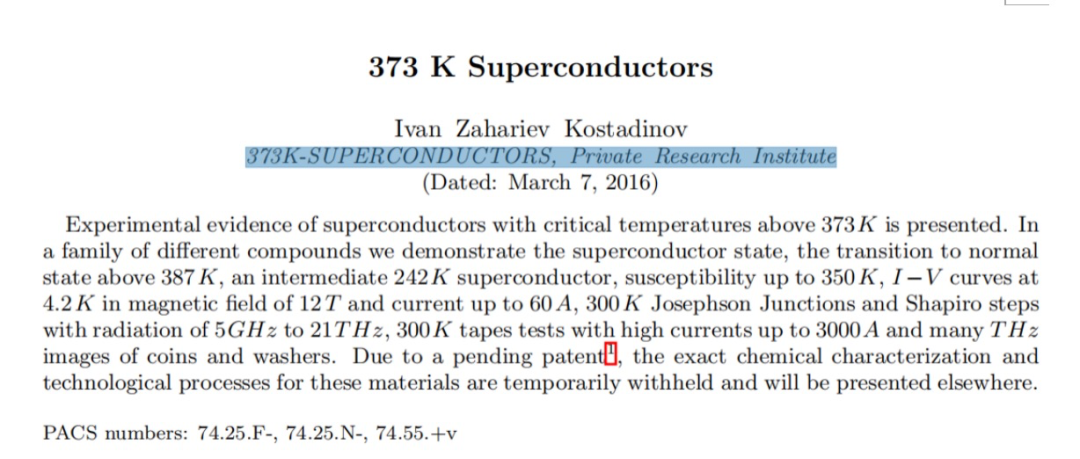
《373 K superconductor》
After I published this article, there are still many people circulating in the past two days, saying that a certain unit reproduced the experimental results of the Korean team, and someone posted a theoretical article explaining why this material can be superconducting (superconducting at room temperature). Guide reappearance failed? Beihang University published two articles in a row and did not find superconducting maglev, but the US National Laboratory calculations confirmed the theoretical existence). In fact, if you take a closer look, you will find that they are all within the scope of my interpretation above.
Among them, I think I can especially interpret the so-called theoretical article explaining superconductivity . Because this theory is just within the scope of my knowledge, and there may not be professionals who have come out to interpret it on the Chinese Internet, so there are many misunderstandings about how important it is.
The title of this article is called "Origin of correlated isolated flat bands in copper-substituted lead phosphate apatite" (Origin of correlated isolated flat bands in copper-substituted lead phosphate apatite), the basic content is that the author (there is only one author) did density functional theory calculations and found that this material has a correlated isolated flat energy band at the Fermi level, which is a common signature of high-temperature superconducting materials.
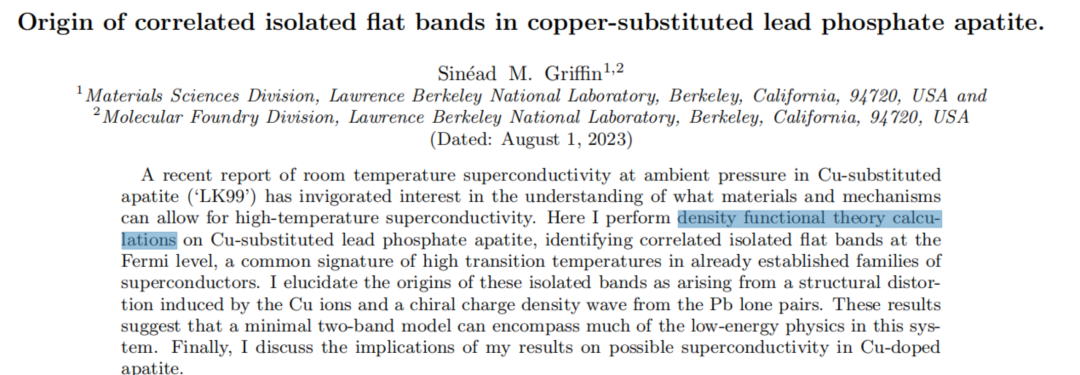
Origin of correlated isolated flat energy bands in copper-substituted lead phosphate apatite
This calculation is likely to be correct, but the results of this calculation can explain very few problems. Density functional theory was used all day when I was a PhD student. It is currently one of the most commonly used electronic structure calculation methods.

The 1998 Nobel Prize in Chemistry was awarded to two scientists who had made great contributions to computational chemistry. The reason for Walther Kohn's award was "because of his development of density functional theory" (https://www.nobelprize.org/prizes/ chemistry/1998/summary/)
However, it needs to be understood (the following words are for the insiders, and may require at least the level of a graduate student in chemistry to fully understand), energy band is a language of mean field approximation (mean field means, assuming that for an electron, The influence of other electrons can be described as an average field, independent of the instantaneous position of these electrons, so that the motion of individual electrons can be considered separately). The opposite of the mean field is called strong correlation (that is, the movements of multiple electrons are correlated with each other and cannot be separated), and strong correlation will add great difficulty to the calculation. Superconductivity is a strongly correlated phenomenon , and there is currently no accurate calculation method for the strongly correlated phenomenon.
Therefore, it is impossible to reliably predict superconductivity by using this kind of calculation . At best, it can only be said that this kind of result obtained under this approximate theory is conducive to the emergence of superconductivity, but it is not true superconductivity, so it cannot be calculated. This is exactly what I said earlier. The theory of high-temperature superconductivity has not yet been established, and no one can determine that a material can be "high-temperature" superconducting based on theoretical calculations alone. If there is such a theory, the proposer would have won the Nobel Prize long ago.
And don't forget that the Macmillan limit of the BCS theory still exists, and it's a strict theory. Therefore, even if a material is predicted to be superconducting through mean-field calculations, it can only be predicted quantitatively when the superconducting transition temperature is lower than 40 K. If it exceeds 40K, it is still unclear. Therefore, even if the results of this theoretical article are correct, the significance is very limited. Its distance from explaining superconductivity at room temperature and normal pressure is as big as predicting that a pregnant woman may give birth to predicting that this child will win a Nobel Prize in the future.
Do you understand?
(The author, Yuan Lanfeng, is the deputy director of the Science Communication Research Center of the Chinese Academy of Sciences, the deputy director of the Science and Technology Communication Department of the University of Science and Technology of China, the associate researcher of the Hefei National Research Center for Physical Science at the Microscale of the University of Science and Technology of China, and the president of the Society of Science and Technology and Strategy. The original title " South Korean scientists’ room-temperature superconductivity reversed? In fact, there is no | Yuan Lanfeng”, this article was first published on the WeChat public account of “Sound of Wind and Cloud”, which was reprinted by The Paper with the author’s authorization.)
